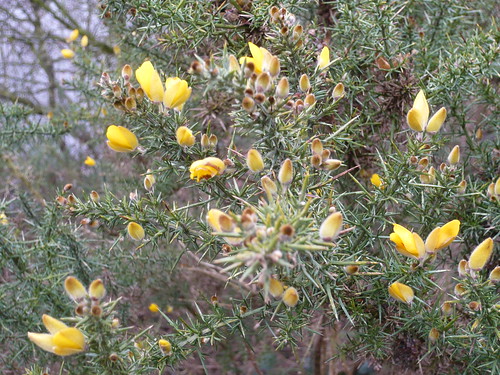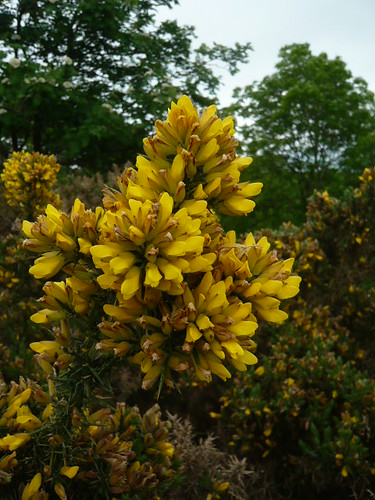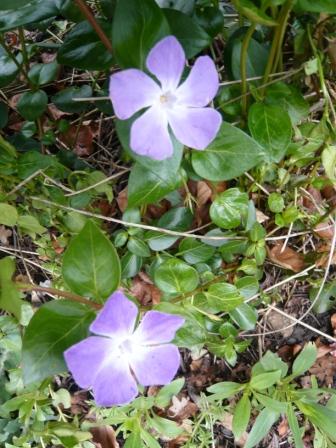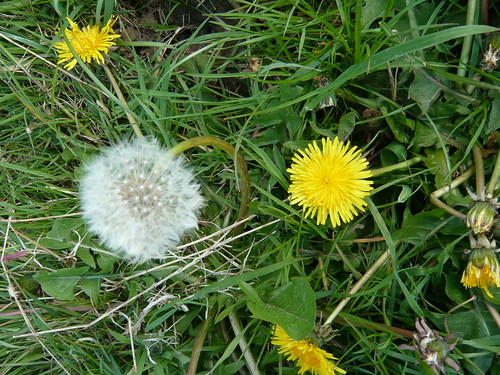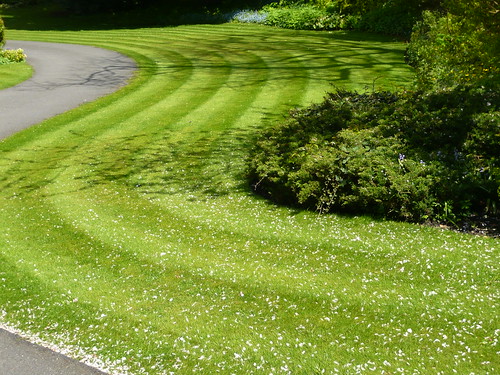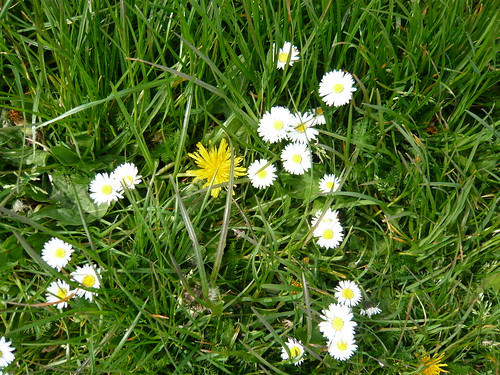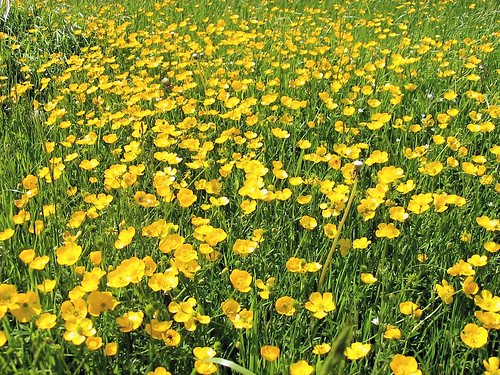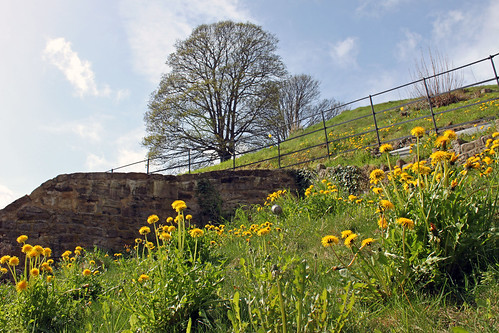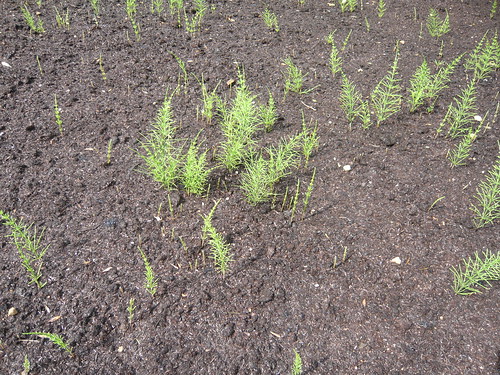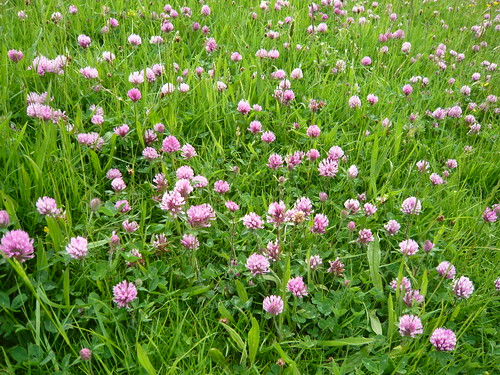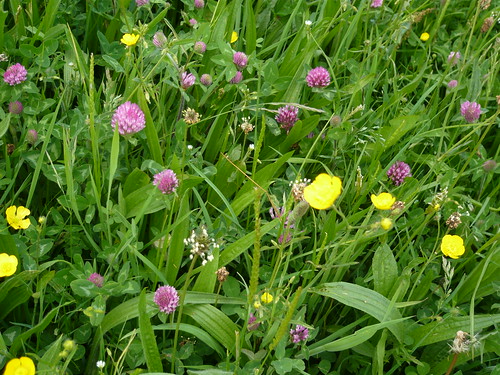Definition of a Weed

Dandelion – Weed or Plant of beauty?
Some definitions of a Weed
- A weed is a plant that you don’t want to have in the garden.
- Alternatively a weed is any plant in the wrong place.
- What is a weed to one is a prize plant to another. Many ornamental UK plants are a weed in their natural habitat.
- A weed is a plant that lives whilst other plants die.
- A weed invades, reproduces, survives and frustrates a gardener.
The question is, what kind of plants fall into the weed category? As gardeners we sometimes fall into the trap of aiming for perfection and feel guilty about a dandelion growing in the herbaceous border. However, a dandelion has a certain natural beauty. Even its seed heads are beautiful. The problem is we have been conditioned to think that the dandelion is a ‘weed’ and therefore needs to be always removed. Sometimes it is a matter of changing our perspective. Rather than feel guilty about the dandelions in the grass, why not appreciate its simple beauty?
There are many ‘so called weeds’ which actually are quite attractive – eg Daisy’s, Poppy’s, Thistles
This does not mean we want dandelions everywhere, but, we can learn to be more tolerant of plants often considered as weeds


